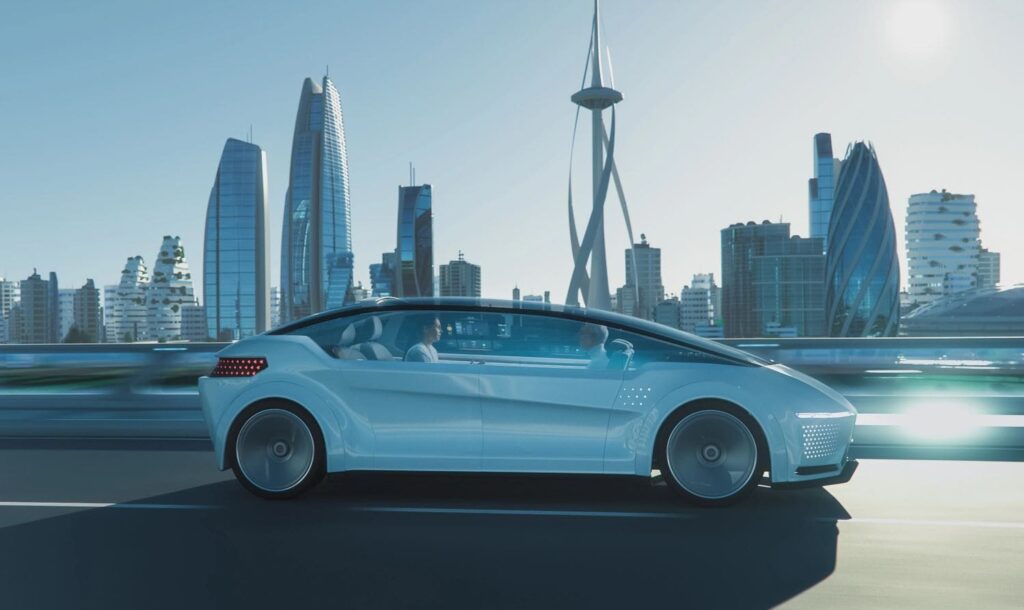Introduction
Autonomous vehicles (AVs) are automobiles capable of sensing their environment and operating without human involvement. On the other hand, urban planning is the multidisciplinary field and process of designing, organizing, and managing the physical and social aspects of city areas. Self-driving automobiles greatly impact urban planning in different aspects, including traffic and congestion management, city land utilization, and security and safety uncertainties, which need to be investigated because understanding the problem can be used in upgrading current and future municipal designs globally.
Traffic Management and Congestion
Self-driving vehicles have improved traffic management and reduced congestion on urban roads due to the use of advanced sensors and communication technology. For instance, AVs have information about their driving environment and vehicle-to-vehicle communication technology, which allows accurate driving and better traffic flow.1 As such, the flow of traffic is streamlined, resulting in fewer traffic jams and reduced traffic interruptions. Therefore, AVs have useful systems, such as vehicle-to-vehicle communication and sensors, that provide them with information about their environment, which improves the traffic flow and reduces the congestion of vehicles on urban roads.
1. Ji Eun Park et al., “The Impact of Automated Vehicles on Traffic Flow and Road Capacity on Urban Road Networks.” Journal of Advanced Transportation 2021 (2021): 1, https://doi.org/10.1155/2021/8404951.

City Land Utilization
Another potential impact of AVs on urban development is a reduction in land allocated for parking in city centers due to AVs’ knowledge of the driving environment. As such, AVs have the potential to decongest parking spaces in busy cities since they can move to other places where parking is cheaper.2 In this regard, the distance between parking spaces does not have to be close to major transport destinations, which frees up more space in any city. Therefore, understanding the potential of AVs can help to delegate more space for parking, manage urban land more effectively, and reduce congestion.
2. Dominic Stead and Bhavana Vaddadi, “Automated Vehicles and How They May Affect Urban Form: A Review of Recent Scenario Studies,” Cities 92 (2019): 131, https://doi.org/10.1016/j.cities.2019.03.020.
Security and Safety Uncertainties Among Users
Despite the numerous benefits of AVs in urban centers, one of the potential impacts is uncertainty about cyber security and user safety due to the data requirements of AVs. For instance, in case of data theft, the stolen AV’s operating system may be hacked, exposing other linked private information sets and endangering the user.3 Moreover, the hacked AV moving on the road may not act as the manufacturer coded it, endangering the lives of passengers, especially those residing in urban centers with high volumes of traffic. Therefore, security and safety concerns are major potential impacts of AVs in urban centers due to the possibility of hacking their systems, which may expose people to dangers, like data theft and car accidents.
3. Abdullah Algarni and Vijey Thayananthan, “Autonomous Vehicles: The Cybersecurity Vulnerabilities and Countermeasures for Big Data Communication,” Symmetry 14 (2022):2, https://doi.org/10.3390/sym14122494.
Conclusion
AVs impact urban centers in various ways, including improving traffic management and reducing congestion on urban roads. The use of such automobiles in big cities minimizes space allocated by urban developers for parking. However, it causes uncertainty over the security of users and people around due to data theft and car accidents. Thus, the potential benefits of using AVs should be considered for urban planning, while the problem of potential threats must be addressed to protect user data and develop a safe environment for citizens.
Bibliography
Algarni, Abdullah, and Vijey Thayananthan. “Autonomous Vehicles: The Cybersecurity Vulnerabilities and Countermeasures for Big Data Communication.” Symmetry 14 (2022): 1–19. https://doi.org/10.3390/sym14122494.
Park, Ji Eun, Wanhee Byun, Youngchan Kim, Hyeonjun Ahn, and Doh Kyoum Shin. “The Impact of Automated Vehicles on Traffic Flow and Road Capacity on Urban Road Networks.” Journal of Advanced Transportation 2021 (2021): 1–10. https://doi.org/10.1155/2021/8404951.
Stead, Dominic, and Bhavana Vaddadi. “Automated Vehicles and How They May Affect Urban Form: A Review of Recent Scenario Studies.” Cities 92 (2019): 125–133. https://doi.org/10.1016/j.cities.2019.03.020.


